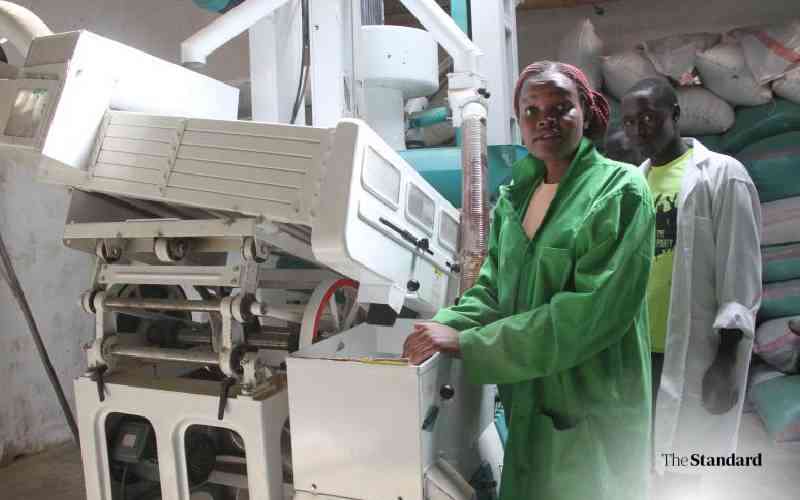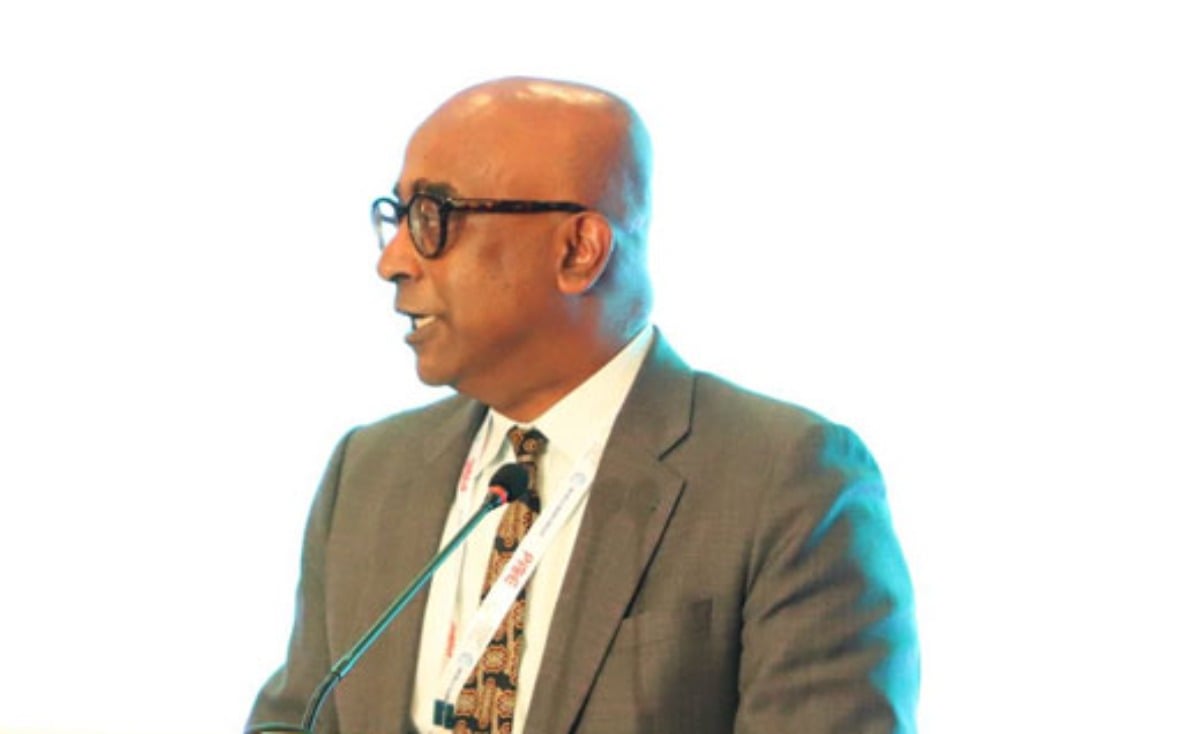Global Times: 'Our pursuit of modern economic development must be underpinned by strategic foresight and holistic coordination'
, /PRNewswire/ -- More than 30 years ago, while working in Xiamen, East China's Fujian Province, Xi Jinping led the formulation of 1985-2000 Xiamen Economic and Social Development Strategy. It became a classic example of integrating top-level design with a "crossing the river by feeling the stones" approach, pioneering the practice of local governments drafting long-term development strategies spanning 15 years. The strategy continues to serve as a model for scientifically planning economic and social development during the 15th Five-Year Plan period (2026-30).
For more than three decades, Xiamen has faithfully followed the direction laid out in the strategy, advancing step by step under a consistent blueprint across successive administrations. The city has grown from a small coastal garrison town into a modern, international metropolis known for its quality development and scenic appeal.
The strategy and the city, intertwined in time. A moment in time, a lasting blueprint.
The strategy not only charted a strategic course for Xiamen's development, but also conveyed deep reflections on the nation's future. It captured the pioneering spirit of reform and opening-up—tempered through trials—and reflected a sincere commitment to ensuring that all residents would share the tangible benefits of building the special economic zone (SEZ).
Strategize
Giant gantry crane pulleys glide slowly into motion as passenger buses are steadily hoisted onto a cargo ship. Not long ago, 130 Xiamen-made buses set sail from this very port, bound for Jeddah in Saudi Arabia. Today, Xiamen Port operates 98 shipping routes under the Belt and Road Initiative, connecting 63 ports across 20 participating countries and regions.
Forty years ago, not long after assuming his post in Xiamen, Xi visited this very spot. Facing the sea breeze, he gazed into the distance, then walked slowly to the foot of a towering gantry crane. Looking up at the colossal structure, he fell into deep thought.
While at the time, Xiamen Port had only two gantry cranes, each handling just 35,000 TEUs a year. In contrast, similar cranes in Hong Kong could process as many as 120,000 TEUs annually.
In June 1985, the State Council approved the expansion of the Xiamen SEZ to encompass the entire island and authorized the gradual implementation of select free port policies. That same month, Xi arrived in Xiamen to take up his new role as a standing committee of the Communist Party of China (CPC) Xiamen Municipal Committee, and executive vice mayor, marking "his first leadership position at the city level, his first direct engagement with reform and opening-up in a coastal region, and his first hands-on experience in urban development and governance."
At the time, Xi was also serving as deputy director of the city's commission for economic restructuring. His vision extended well beyond immediate concerns—he was thinking about Xiamen's long-term development. He mentioned that an economic development strategy must be grounded in foundational work and supported by both industry and urban planning.
With these considerations in mind, Xi proposed to the municipal Party committee and government the formation of a dedicated team to study specific free port policies and develop a strategic plan to guide the growth of the Xiamen SEZ.
With strong backing from the municipal leadership, Xi transferred personnel from the city's planning commission to the science and technology museum, where he established the office for strategic research on economic and social development, and personally took charge of the work.
Beginning in August 1986, Xi led the formulation of 1985-2000 Xiamen Economic and Social Development Strategy, a comprehensive document totaling nearly 250,000 characters, completed over the course of a year and a half.
For more than three decades, Xiamen has remained steadfast in advancing this vision, pushing forward with determination and gratitude, and making consistent, long-term efforts. From 1985 to 2024, the city's GDP grew at an average annual rate of 13.8 percent, 5.1 percentage points above the national average and 2.8 points higher than the provincial rate over the same period. Today, Xiamen has evolved into a modern, international city celebrated for its high-quality development and distinctive appeal.
Solicit opinions
In January this year, Xiamen University hosted a high-level think tank symposium, bringing together experts and scholars from institutions including the Development Research Center of the State Council and the Chinese Academy of Social Sciences. Participants revisited the scientific principles and methodologies embedded in the 1985-2000 Xiamen Economic and Social Development Strategy, exchanged views on local development strategies for the 15th Five-Year Plan period, and offered forward-looking recommendations on strategic priorities for advancing high-quality development.
Experts and scholars from Xiamen University played an active role in the drafting of the 1985-2000 Xiamen Economic and Social Development Strategy, with many of its key themes later evolving into academic research projects, said Li Deguo, deputy dean of the School of Public Affairs at Xiamen University, who attended the symposium. Li said that offering insights and policy recommendations for national and local development strategies has since become a fine tradition at the university.
Many faculty members still recall that during the formulation of the 1985-2000 Xiamen Economic and Social Development Strategy, Xi frequently visited the university to consult with scholars and conduct research in the library.
A research team made up of more than a dozen institutions and over 100 experts, scholars, and practitioners conducted extensive fieldwork to gain a thorough understanding of Xiamen's local conditions, producing hundreds of thousands of words in research findings.
The process emphasized open consultation and collective wisdom, integrating top-level design with public input—an approach that has consistently characterized Xi's leadership, from the local level to the central government level.
From Liangjiahe in Northwest China's Shaanxi Province to Zhongnanhai in Beijing, Xi has remained firmly rooted in the people, consistently demonstrating deep concern for their well-being and attention to the smallest details of their lives-a commitment that has endured unwaveringly over time.
Pioneer
Building SEZs modeled on free ports was a clear goal set out in the 1985-2000 Xiamen Economic and Social Development Strategy.
As pioneers of socialism with Chinese characteristics, SEZs are tasked with opening new ground—moving forward without precedent, and confronting risks, contradictions, and complex challenges.
The initial step focused on establishing and improving bonded warehouse zones around the Dongdu port area to support re-export trade. This evolved into a broader free trade zone, expanding re-export activities and diversifying operations. Eventually, it envisioned a limited rollout of free port functions across the entire island.
Today, Xiamen's free trade zone represents a critical part of this strategy, actively exploring new ground for higher-level opening-up.
Guided by the principles of the 1985-2000 Xiamen Economic and Social Development Strategy, the Xiamen Free Trade Zone has pushed forward institutional openness and aimed to build a high-standard pilot zone. Since its launch, it has introduced 632 reform measures, including 153 nationwide firsts. Thirty-one of its innovative policies have been replicated across the country.
Xiamen built China's first airport funded by foreign government loans—Xiamen Gaoqi International Airport. It was among the first to reform state-owned asset management, with three local SOEs now ranking among the world's top 200. It also pioneered the three-in-one business license system, which later expanded into a unified multi-license model adopted nationwide.
For over three decades, Xiamen has led the way with a series of "firsts," each marking a leap forward in China's reform and opening-up. More than just transformation, the 1985-2000 Xiamen Economic and Social Development Strategy left Xiamen with the resolve to carve out a new path—one that defies obstacles and breaks through barriers.
Back then, launching the Xiamen SEZ was a bold and trailblazing move. Today, driving Chinese modernization is just as groundbreaking—it demands both exploration and innovation. China's path of reform has evolved from "crossing the river by feeling the stones" to blending grassroots experimentation of "crossing the river by feeling the stones" with top-level planning, moving forward with greater confidence and resolve.
Reform
Reform requires a correct understanding of the relationship between local areas and the overall situation.
Planning local development from the perspective of the whole, and serving the whole through the local, is both good governance and a strategy for reform.
Reform also requires clear-headedness and courage to face problems directly.
Problems include lagging infrastructure that fails to meet the demands of SEZ development, outdated structures in products, markets, and technology, and conflicts between the old economic system and the operating mechanisms of the SEZ economy.
The strategy analyzes both favorable conditions and restraint factors, with a clear problem-oriented approach evident throughout. This pragmatic attitude gives the strategy strong relevance and guidance.
From reform, to comprehensive deepening of reforms, and then to further comprehensive deepening of reforms, "we should firmly believe that China's path of reform and opening-up will surely succeed."
Commitment
"As leaders, we must focus not only on the present but also on the long term, willingly laying the groundwork and tackling unfinished tasks."
At Xiamen New Education School, the classrooms are modern, and the teaching philosophy feels fresh and inspiring. Principal Wang Yimin explains that the school embraces the idea of "providing a happy and complete educational experience," aiming to offer more children access to inclusive education. The students are mainly children of migrant workers. "To integrate new residents into Xiamen, we must first help their children integrate," he says.
It takes ten years to grow a tree but a hundred years to educate people. The 1985-2000 Xiamen Economic and Social Development Strategy states that "education in Xiamen is a vital foundational project in building the Xiamen SEZ," setting goals for basic education, vocational training, higher education, and adult education through 2000.
The strategy focuses on advancing urban-rural integration to ensure all residents share a better life; protecting the environment to guarantee a livable ecosystem for all; and prioritizing talent cultivation and attraction by placing education in a key strategic position.
The strategy emphasizes sustainable development and long-term planning, proposing precise policies and practical measures—all aimed at ensuring the people of Xiamen benefit more from the construction of the special economic zone.
Guidance
Guided by the strategy, Xiamen has rolled out a series of strategic initiatives. On the first working day after this year's Spring Festival, Xiamen launched a campaign themed "Strive and Lead," focusing on driving major project breakthroughs to build new industrial strengths and power future growth.
"Realizing the Chinese Dream of national rejuvenation is a relay race of history." From Xiamen's transformation to national governance, China has stayed committed to strategic planning as a key to progress, constantly opening new frontiers for socialism with Chinese characteristics.
As the 14th Five-Year Plan (2021-25) nears completion, preparations for the 15th Five-Year Plan are underway.
To meet the next stage's challenges, China is setting clear goals, building strategies, and developing concrete plans—sector by sector—focused on building national strength and achieving national rejuvenation.
https://www.globaltimes.cn/page/202507/1337664.shtml
SOURCE Global Times

![]()
440k+
Newsrooms &
Influencers
![]()
9k+
Digital Media
Outlets
![]()
270k+
Journalists
Opted In







